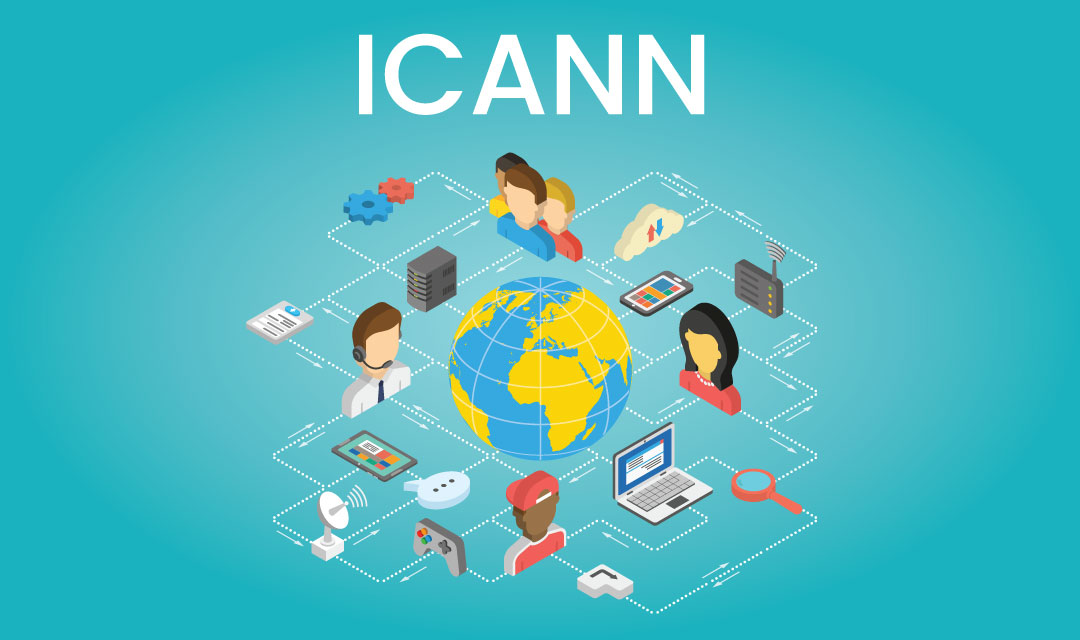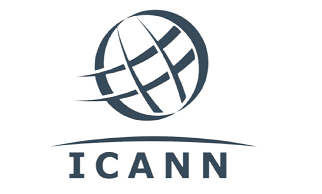
Internet is a part of our lives, and can no longer live without it. We use it to check our daily weather forecast, read morning news briefs, trade stocks, and listen to our favorite music on Spotify. More people are using smartphones to access the world wide web (WWW) than desktop PCs, and this trend will continue to shift toward mobile. The Internet has been around since January of 1983, and someone had to manage it.
The Internet Corporation for Assigned Names and Numbers (ICANN) was born in 1998 to oversee Internet numbers used on the Internet. Each device connecting to the Internet must be globally unique, and someone has to manage this unique identifier across the globe. ICANN is a not-for-profit organization developed to help to keep the Internet secure, stable, and interoperable. ICANN oversees the uniqueness of the Internet numbers, and they are comprised of Domain Names and IP Addresses. ICANN does not control contents on the Internet, but only involves on a naming system of the Internet.

ICANN is comprised of three sub-organizations supporting policy-making on (1) Top-level Domain names (gTLDs), (2) Country Code top-level domain names (ccTLDs), and (3) IP addresses. The primary responsibility of ICANN is the management of top-level-domains such as the .com, .net, .org, .gov and .mll as well as the newer .info, .cc, and .tv among others. ICANN introduced a new set of gTLDs to expand the existing 22 gTLDs to allow registrations of more memorable domain names under the new gTLDs. ICANN also regulates top-level domains for country-specific domains such as .uk, .us, .jp and .cn to name a few. In addition to regulating top-level domain names, ICANN also oversees Internet numbers which are comprised of IP addresses and ASNs.
To efficiently manage domain name registrations, ICANN accredits and supervises domain name registrars. The domain name registrars are responsible for registering second-level domain names under each gTLDs. Each gTLD registry has a database of all second-level domain names registered through ICANN accredited registrars. The domain names are newly registered, renewed, transferred (change ownership), and often time expires and become available for the public to register again. The process of managing domain name registrations is deligated to ICANN accredited registrars for efficiency and scalability. Companies like Network Solutions, Go Daddy, eNom, Tucows, and Moniker.
ICANN delegates management of Internet Numbers (IP Addresses and ASNs) to IANA (Internet Assigned Numbers Authority), who is responsible for allocating and maintaining unique IP addresses and ASNs including DNS Root across the entire world. IANA then delegates the assignment of Internet numbers to 5 Regional Internet Registries (RIRs). Five RIRs include ARIN (North America), AFRINIC (Africa), APNIC (Asia Pacific), LACNIC (Latin America), and RIPENCC (Europe).
IP Addresses are assigned to each computing device to identify them and allow devices to communicate with each other. However, humans have difficulty remembering 32-bit (IPv4) and 128-bit (IPv6) numbers, so the domain names are developed to allow humans to remember them easily with English names instead of cryptic numbers. To help mapping domain names to IP addresses, a DNS is introduced and the root-level DNS (root servers) is used to map the root zone of each gTLD domain names. The root zone of the DNS are managed by IANA.
Conclusion
The Internet is an integral part of our daily lives, and ICANN is the non-profit organization responsible for managing domain names and Internet numbers. ICANN delegates domain name registration to registrars and IP numbers to IANA. By ensuring each domain name and IP address are unique across the globe, users will be able to communicate with the rest of the community without a name conflict.
Share this post
Leave a comment
All comments are moderated. Spammy and bot submitted comments are deleted. Please submit the comments that are helpful to others, and we'll approve your comments. A comment that includes outbound link will only be approved if the content is relevant to the topic, and has some value to our readers.

Comments (1)
Who is responsible for maintaining geolocation information for an IP address/subnet? And, how do you go about getting it updated? Comcast seems to have updated the location information for my IPv6 address but not my IPv4 address.
Jun 29, 2021 at 11:26 AM